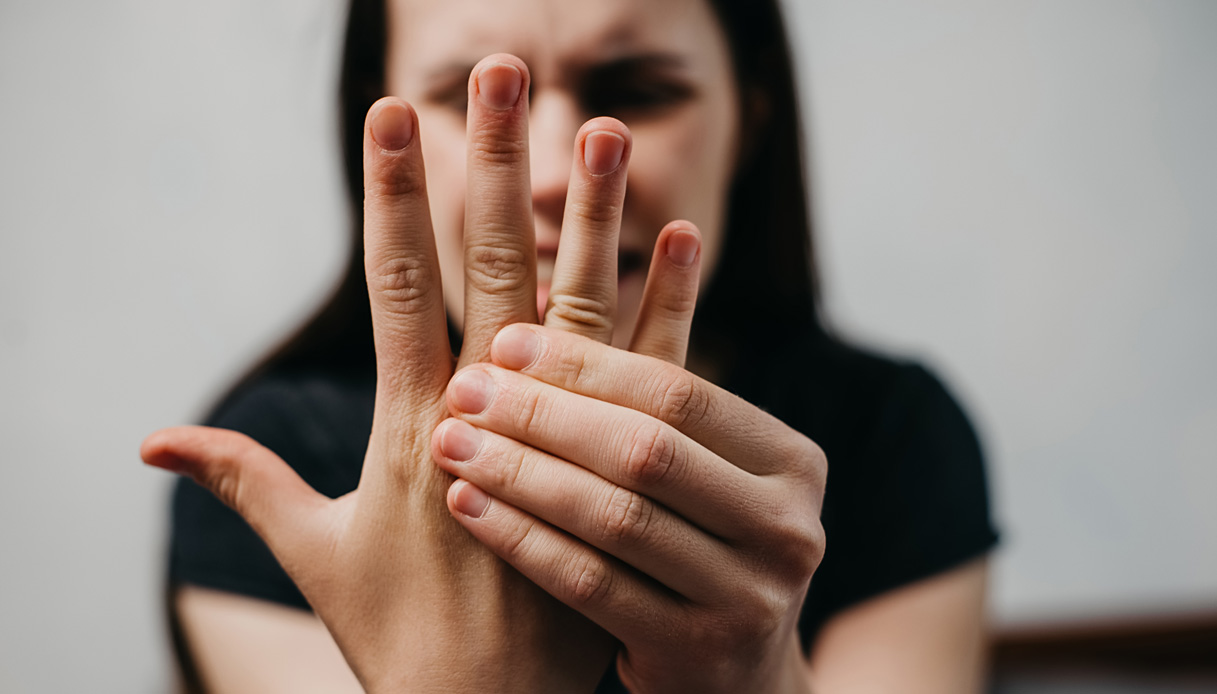Knowing means knowing. And knowing makes you stronger in the face of a diagnosis. For this reason the European CMT Federation (ECMTF), of which ACMT-Rete is a founding member, launches its sixth awareness campaign on Charcot-Marie-Tooth disease, the most common of the hereditary neuropathies. October is the month dedicated to the disease, which must be recognized early and therefore requires a thorough diagnostic process. The messages of the month focus on this theme.
What is Charcot-Marie-Tooth disease?
Charcot-Marie-Tooth disease (CMT) is named after the three doctors who first described it. IS a rare neuropathy: it is estimated that around 300,000 people are affected by the picture across Europe. It is a genetic disease that affects the peripheral nerves that connect the spinal cord to the muscles and sense organs, relaying messages from the brain to the limbs and vice versa. These signals allow to control the movement of the legs and arms and to perceive the sense of touch or pain; the combination of these messages also helps to maintain balance.
CMT evolves slowly e has many symptoms (more or less evident): progressive deformation of the feet and hands (hollow foot, claw toes, muscle atrophy in the calves, forearms and hands), balance disorders, sensitivity disorders, fatigue, pain, cramps, etc. ., and the quality of life of people with Charcot-Marie-Tooth is significantly impaired. CMT is often referred to as one “Invisible disability”, because difficulties are usually not immediately apparent or underestimated. The number and severity of symptoms vary significantly from patient to patient.
Understanding CMT is therefore more difficult for relatives and friends, as well as for healthcare professionals involved in the diagnosis. On this front there is a lot to do. CMT patients employ on average ten years to get a (correct) diagnosis. Symptoms are often underestimated or misinterpreted, so most patients turn to inadequate / trained healthcare professionals, in a long and expensive medical ‘via crucis’, both in economic and psychological terms: the delay in diagnosis it is in fact for many patients a source of psychological and physical suffering, since by delaying the intervention with physiotherapy and braces / orthotics the deformities worsen becoming, often, irreversible; that is why we have chosen to focus on this critical topic.
Why it is important to know more
The 2022 awareness campaign of the European CMT Federation involves 9 European countries throughout the month of October: United Kingdom, France, Belgium, Netherlands, Italy, Spain, Germany, Austria and Romania. Powerful new images from the campaign will help raise awareness of Charcot-Marie-Tooth disease. There is no cure for CMT, but research is making progress. Patients can, however, seek to improve their quality of life through a multidisciplinary approach: use of assistive devices (orthoses, insoles, braces, etc.), physiotherapy and self-rehabilitation, adapted physical activity, psychological support and occupational therapy .
